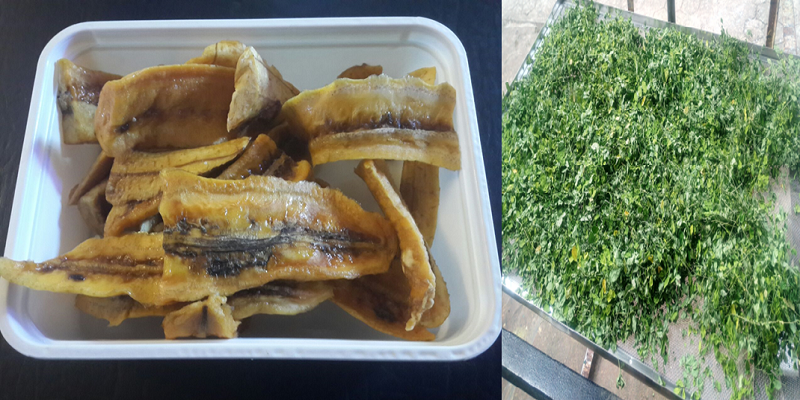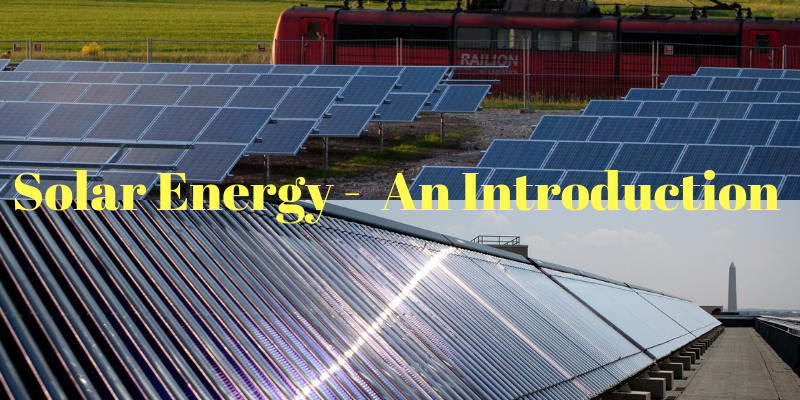Solar Drier – An Introduction
Drying is widely used across industries for various applications, though the basic application is to remove water from the particle. For instance in food processing industry, apart from for the want of removing water, drying is used to inhibit the growth of substances such as bacteria, yeast, etc. It is also used to preserve food particles. In case of rubber, drying is used to harden the rubber whereas in the leather industry, drying is employed to remove water from the leather so that the growth of bacteria and other micro organisms are inhibited.
While there are several drying methods such as electric heater, solar driers are one of the best and natural ways to dry the desired particles. Solar Driers are used to dry food particles and some industrial products like rubber, leather, chemicals.
ADVANTAGES OF SOLAR DRIER
The major advantages of using solar dries are listed below.
- Hygienic Drying: Since it is a natural way of drying, there is no artificial and external drying forces, keeping the hygiene intact.
- Lower Operation Expense: The components involved in the process such as blowers, pumps and controls consume a very less power, making the operational costs very less.
- Round the clock operation: The solar driers can work through back up heating devices such as electric heaters, bio gas or LPG in case, solar is not available. Making it round the clock operation.
- Maintenance of originality: The color of the particle that is getting dried does not change, thus maintaining the originality of the particle.
SOLAR DRIER – WORKING CONCEPT
The solar driers are of two types based on their operation. They are listed below.
- Air Heating Collectors
- Water Heating Collectors
Air Heating Collectors
The outside cold air is driven into a flat plat collector solar heating device through a blower, thus making the air hot. The hot air is in turn fed in to a drying chamber using centrifugal blowers. The particles which has to be heated are placed inside the drying cabinet through trays.

Water Heating Collectors
Most of the solar driers under this type have air heating solar flat plate collector, along with the water heating collectors. However a few models have only water heating collectors. Here the water is heated using a evacuated tube collector solar heating device. The heated water is stored in an insulated storage tank at around 70 degree Celsius and fed into a heat exchanger inside the drying chamber, through the pump. In the meantime, fresh air which is heated via solar flat plate collector is also fed into the drying cabinet through blowers. Hence, the drying chamber is heated up by both the hot air from the flat plate collector and the hot water from the evacuated tube collectors. The temperature inside the drying cabinet will be around 60 degree Celsius. However in some models of higher capacity, only the water heating collectors will be present. The drying chamber has provisions to place multiple trays on which the particles to be heated can be placed. Heating devices such as electric heater, LPG, Bio gas, etc can be used as a back up heater. Some models may have optimal controls to maintain th humidity and temperature inside the drying chamber


APPLICATIONS
The items that typically dried through solar driers are mushroom, grapes, chopped onions, vegetables, pulses, grains of bigger size chopped leafy vegetable, small fish, ayurvedic medicinal capsules, spices like cardamom, pepper etc. Of late, moringa (drum stick) leaves are dried extensively using solar driers as they have huge export market from India.




